Leer en español. | Download as a PDF. | Listen with an audio reader.
Camp Polk Meadow Preserve is a birding hot spot, home to 180+ different species! Here are some fun facts about ten birds you might see at the Preserve, or you can view our full Camp Polk Meadow Preserve bird list.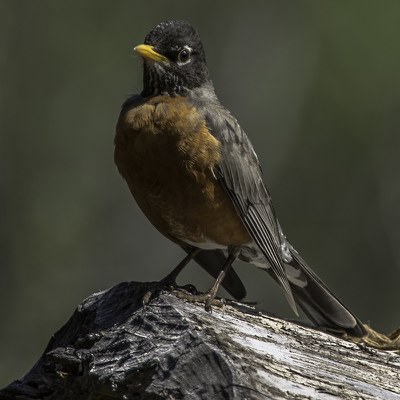
One of the most commonly seen birds! This red-breasted beauty lives in cities, farms, and open woodlands. It eats fruits and insects, and appears to “listen” to the ground when stalking earthworms!
Length: 9-16"
Most commonly seen: Year-round
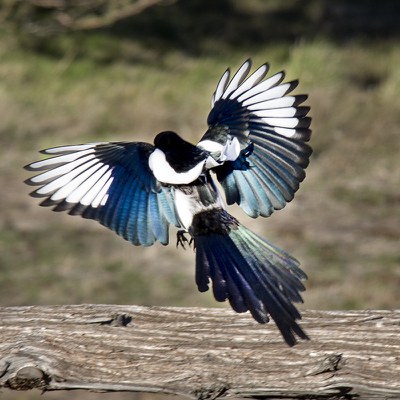
Large, noisy jay; mostly black with iridescent blue-green on back and wings. Found in open woodlands, prairie, and along streams. Eats berries, insects, carrion, and eggs. Can take up to 40 hours to build their nests!
Length: 17.5-22"
Most commonly seen: Year-round
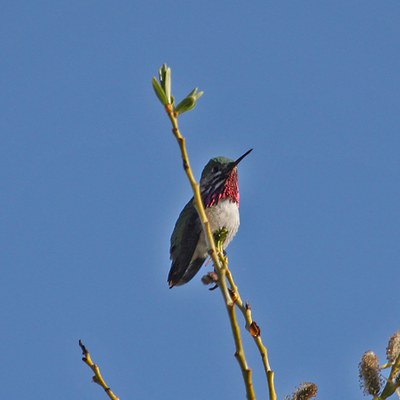
Tiny, bright green hummingbird with bright magenta throat. Found in meadows, canyons, and along streams. Feeds on flower nectar and insects. Smallest long-distance migrant in the world!
Length: 2.75-3.25"
Most commonly seen: March-May
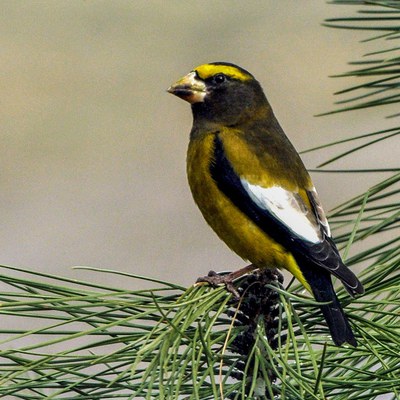
This species with striking plumage migrates irregularly. It can stay in northern forests year-round, or migrate far south if northern cone crops are poor. In the West, these birds migrate to lower elevations in winter.
Length: 7.75-8.5"
Most commonly seen: Spring, Fall
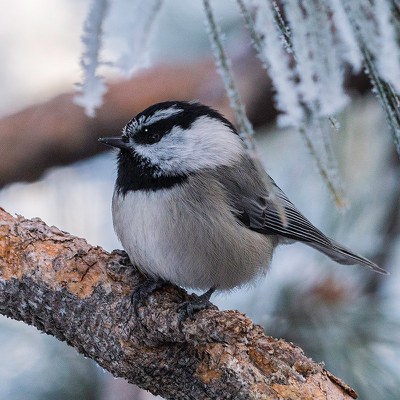
Tiny and vocal, this bird sings its name, “chicka-dee-dee-dee!” You are likely to find them flocked up with pygmy nuthatches and ruby-crowned kinglets, flittering in evergreens, gleaning insects and small seeds
Length: 5-6"
Most commonly seen: Year-round
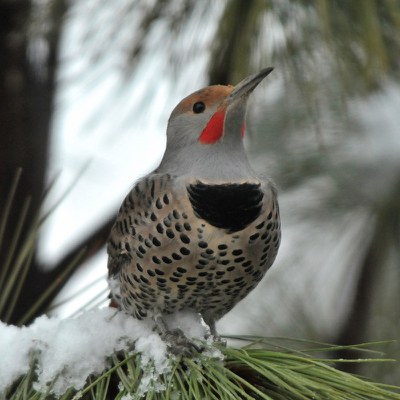
Flickers are woodpeckers that make themselves known! If their beauty doesn’t grab you, their drumming on a stove pipe or sharp piercing call will. Look high and low as they also spend time foraging on the ground.
Length: 12.75-14"
Most commonly seen: Year-round
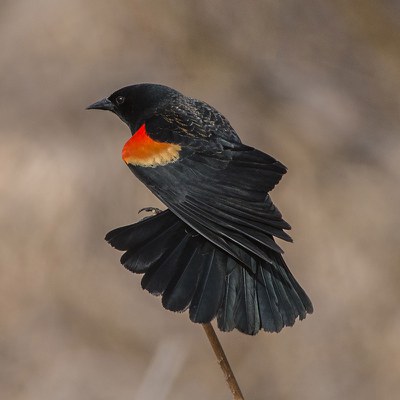
Male red-winged blackbirds are bright, iconic, and raucous dwellers of ponds and streamsides. Their female counterparts however, are brown, streaky, and shy. Identifying them can be tricky!
Length: 7.5-9.5"
Most commonly seen: March-November
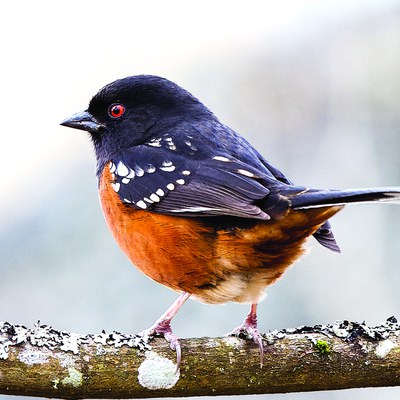
The distinctive color of this bird helps highlight its presence when it sings from shrubs during the breeding season. This plumage also helps it blend into the leaf litter when looking for insects on the ground.
Length: 7-7.5"
Most commonly seen: March-November
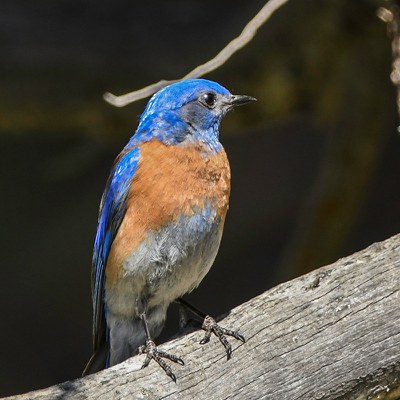
Bluebirds are cavity nesters, raising their young in holes in trees. They catch insects on the fly. Males are bright blue with rust breast, females are more grey-brown with a blue tinge.
Length: 7-7.75"
Most commonly seen: March-May
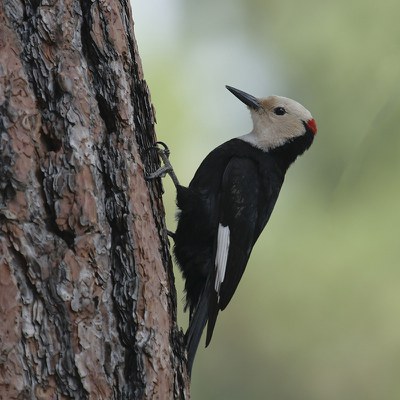
These distinctive birds use mature ponderosa pines for foraging and snags (dead standing trees) for nesting. When searching for insects, they tend not to drill into wood, but rather flake away bark or probe into needle clusters.
Length: 8.3-9.1"
Most commonly seen: Year-round
Learn more:
- Join the Land Trust for a guided walk or hike and see what's flying!
- Learn more about using binoculars to watch birds.
- Check out our bird lists for Camp Polk Meadow Preserve, Indian Ford Meadow Preserve, and Metolius Preserve.


